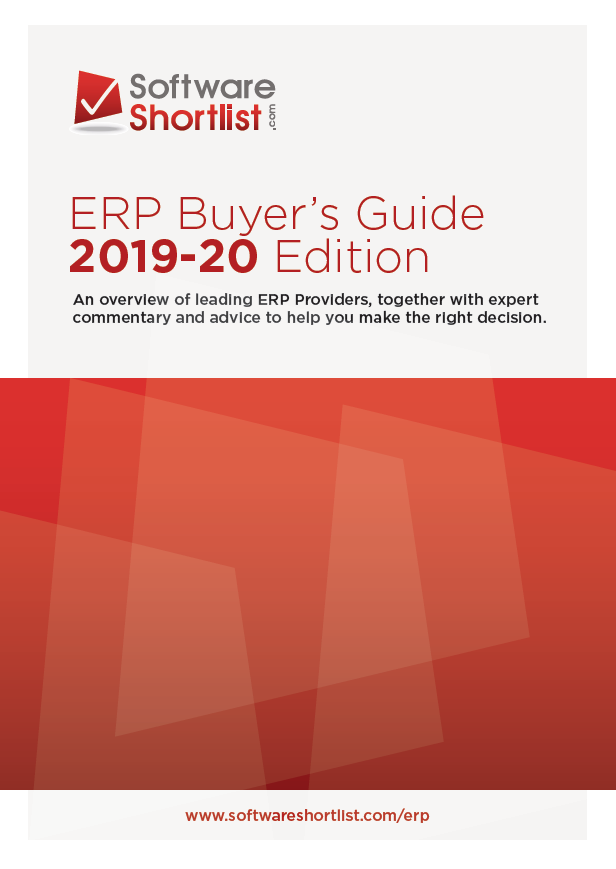When people hear that a new “system” is coming, their first reaction can be “Oh my. They’re going to automate my job and get rid of me,” instead of being accepting and thinking, “I can learn this new system and make myself more efficient and therefore more valuable to the company.” What can a company do to be responsible in communicating the new system effectively, as well as planning for training and documentation for the system?
At some time most companies find themselves in a position where they need to implement a new ERP system. Traditionally an ERP system touches every administrative function in the company. There are several things that any company can do to help employees prepare and “welcome” the new ERP system.
First of all, don’t try to keep the system a secret. Word will spread through office gossip which is not always the most reliable information. Be open and honest with employees. Communicate the arrival of the new ERP system in every medium you have at your disposal to communicate with employees. Do not just send out an email and expect the email to be read and understood by everyone. One of the best ways to communicate is by holding meetings at each location where the system can be introduced, demonstrated and allow time for employees to ask questions and for everyone to hear the answers to the questions.
Consider starting documentation for the new system by creating communication pieces specifically for the new ERP system. How about starting an ERP newsletter? There is a wealth of information to be communicated about the ERP system that you will be able to easily fill up at least two pages of a newsletter every month of the system implementation. Don’t forget the FAQ section as well as a Tips section for helpful tips that employees can submit.
You must plan for and give employees opportunities to attend ERP training. If you decide that you need three levels of training such as beginner, intermediate and advanced then offer each of these classes on several different occasions. Why you might ask? Because employees want to go to training when it is offered, but they have to work it in around their normal responsibilities. Session 1 may not be convenient for someone, but session 3 works perfectly. It makes it easier for some of the department to go to one session while others can attend later sessions. Also make sure all Managers are on board and allow their employees the time to attend training.
Speaking of training, you might find it easier to break the classes down into two hour sessions of training instead of a full days worth of training. It is easier for the employee to fit two hours into their busy schedule. It is also much more effective to hold shorter training classes than it is to cram a week’s worth of training into a full day session. People’s minds can only absorb a limited amount of information at a time, so make it easier on employees by breaking the sessions up into smaller time slots and offer them several different days and times.
Last but certainly not least, good documentation is a very important part of a successful ERP implementation as well as being a good foundation for process documentation. Starting with the introductory newsletters, continue with good system documentation that shows each different department how to do their jobs more efficiently with the new system.
A key to having good documentation is always keeping it updated. What is good information in process documentation, once that process is mastered you should have the employees give input to future documentation. Let them provide tips they’ve learned on how to do the process better with the new ERP system. Documentation is never a write it and it’s done function. Good documentation becomes great documentation when it is constantly revived with input from users.
In summary, help your employees embrace the new ERP system by communicating it in a variety of ways. Newsletters, meetings, training classes and process documentation are just the tip of the iceberg when you are trying to convey a message of a new ERP system. You can never over-communicate a new system to employees. So consider creative ideas such as flyers posted at gathering spots and billboards. Be creative and help your employees welcome their new ERP system.



